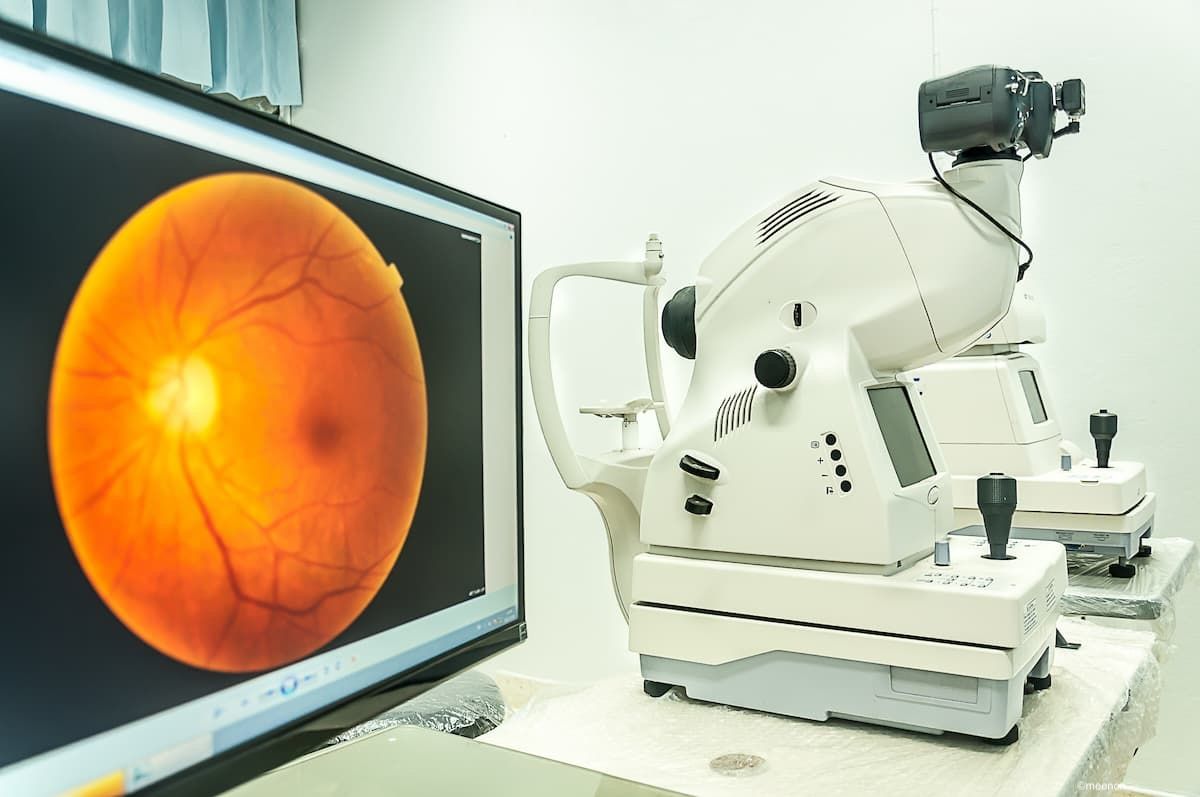Article
Research sheds light on posterior blepharitis
The term "blepharitis" encompasses a group of conditions often divided into anterior and exterior blepharitis.
Louisville, KY-The term "blepharitis" encompasses a group of conditions often divided into anterior and posterior blepharitis. Anterior blepharitis affects the anterior lid margin and eyelashes and frequently is associated with bacterial overgrowth and/or an increase in sebaceous gland activity. Posterior blepharitis is considered a disease of meibomian gland dysfunction and is the leading cause of evaporative dry eye disease.
Although posterior blepharitis is common, it often is overlooked in patients with ocular surface disease. Untreated posterior blepharitis will limit the effectiveness of dry eye treatments and can lead to permanent pathologic changes in lid structure.

Dr. Foulks and colleagues have been using spectroscopic analysis to explore changes in meibum as they relate to age, disease, and treatment.
"Our findings were most striking in demonstrating a correlation between spectroscopic lipid changes and the clinical signs of posterior blepharitis and for showing that treatment with topical azithromycin (AzaSite, Inspire Pharmaceuticals) or oral doxycycline helped to restore the lipid complex to a more normal state, which would help to explain the efficacy of these agents in the clinical management of posterior blepharitis," he said.
The cause for changes in meibomian gland function and the nature of its secretions are yet to be determined and are likely multifactorial. Research reported by McCulley and colleagues points to a role of bacteria that release lipases. These microbial enzymes degrade meibum into its constitutive components that both irritate the eye and disrupt tear film stability. Bacterial byproducts also may underlie blepharitis-associated inflammation.
"Meibum is a complex lipid mixture containing triglycerides, cholesterol esters, and fatty acid esters," he said. "Breakdown of meibum by bacterial lipases and probably by tissue lipases as well likely causes a change in the behavior of these lipids and how they react on the ocular surface."
In addition to the changes in meibum, a second pathophysiologic mechanism for the development of posterior blepharitis appears to involve proliferation of the epithelial cells lining the meibomian gland, leading to ductal narrowing, orifice obstruction, and stagnation of lipid secretions within the gland.
"These findings were first demonstrated in an experimental, drug-induced rabbit model of blepharitis, but epithelial hyperkeratinization has subsequently been demonstrated in human autopsy studies," Dr. Foulks said.
Available data suggest that alterations in androgen levels may be an initiating event in the pathophysiology of posterior blepharitis. It appears that androgens are responsible for maintaining and stimulating the secretions of the meibomian glands and that a decline in androgen levels, either locally or systemically, can lead to changes in gland function.
"Changes in hormonal balance may explain the age-related changes in the biochemical composition of meibum and increased prevalence of posterior blepharitis with age," he said.





